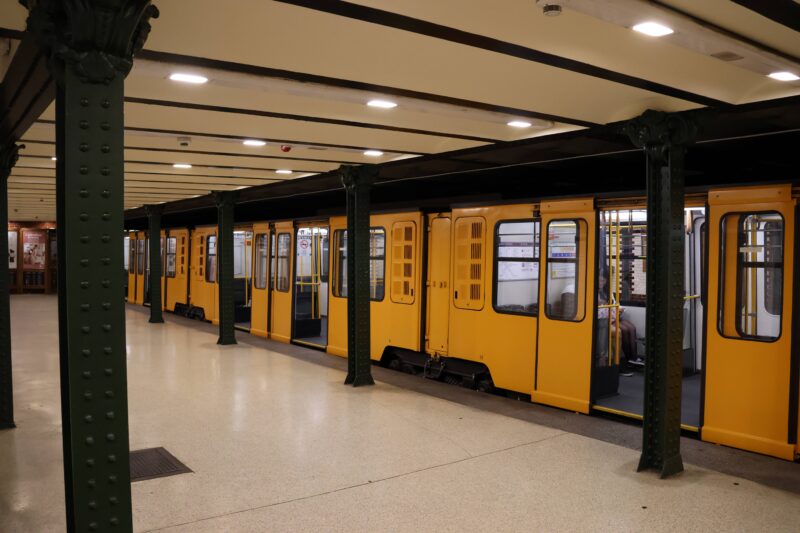
Budapest is a large city, and most must-see sites are not within walking distance of each other. As such, travelers must take public transportation or rent a vehicle to get around the city. Fortunately, Budapest has a robust and reliable transit system of trams, buses, and metros, so renting a car is not necessary. Rideshare services are available in Budapest, but note that Uber is operating under a partnership with Főtaxi, a licensed taxi company. This means that fares are calculated per standard taxi rates.
Budapest has 4 metro lines: M1 (yellow), M2 (red), M3 (blue), and M4 (green). During my stay in Budapest, I rode the M1 multiple times as the Opera Station was about a block from my hotel. This line runs the length of Andrassy Ut, on the Pest side of the city, and conveniently has stations near several must-see sites and within walking distance of bus and tram stops.
In the 10 times I rode the metro, M1 was always either early or on time. There was never an issue with the schedule. I was also pleasantly surprised by how clean and orderly the trains and stations are, compared to the metros I have experienced in the U.S.
Budapest’s M1 has been operating since 1896 and is considered to be the oldest metro line in continental Europe. Each station is ornately decorated with tiled walls, mosaic nameplates, and woodwork. This metro line is the shortest and the only one not to cross into Buda.
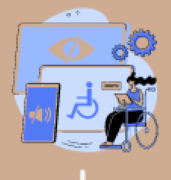
Given the historic nature of Metro Line 1, stations are not accessible. To reach the train, one must climb a set of stairs.
Along with the metro, Budapest has a considerable number of bus and tram lines that traverse the city, including buses that run to the airport. I noticed the buses and trams were generally on schedule during the morning hours, but not so much in the afternoon. While none of the delays were significant, it is helpful to keep this fact in mind when planning your public transportation journey.
To ride the metro, bus, or tram, travelers must purchase a ticket. Tickets can be bought digitally via the BudapestGO app or in person at ticket vending machines, customer service centers, and ticket offices. If you plan to spend more than a few hours in the city, I recommend purchasing the 24-hour or 72-hour Budapest Travel Card. The day passes are a more convenient and cost-effective option compared to buying multiple single-use tickets. The tour I participated in provided a 72-hour pass, which was incredibly helpful since I used public transportation 17 times over three and a half days. (I can’t provide feedback on the app as I never used it during my trip.)

WARNING: Riders must validate their public transit pass the first time they use it or risk being fined up to 25,000 HUF (approximately $64 USD). The Hungarian transportation police will conduct random checks to ensure riders have validated tickets. The paper passes can be validated at the entrance of metro stations or via the red or yellow boxes found on buses and trams. Digital passes can be validated by scanning the QR code at metro entrances or on vehicles.
At Buda Hill, visitors can take the funicular to access landmarks such as Matthias Church and the Hungarian National Gallery. The funicular is not included in the Budapest transit pass, so passengers must purchase a separate ticket before boarding. Note that the funicular ride lasts just over a minute, so it is more about convenience than a scenic experience.

The funicular is fully accessible, allowing those who use wheelchairs to ride this tram.
Resources
The Budapest transit website offers detailed information on passes and fares, as well as a trip planner.

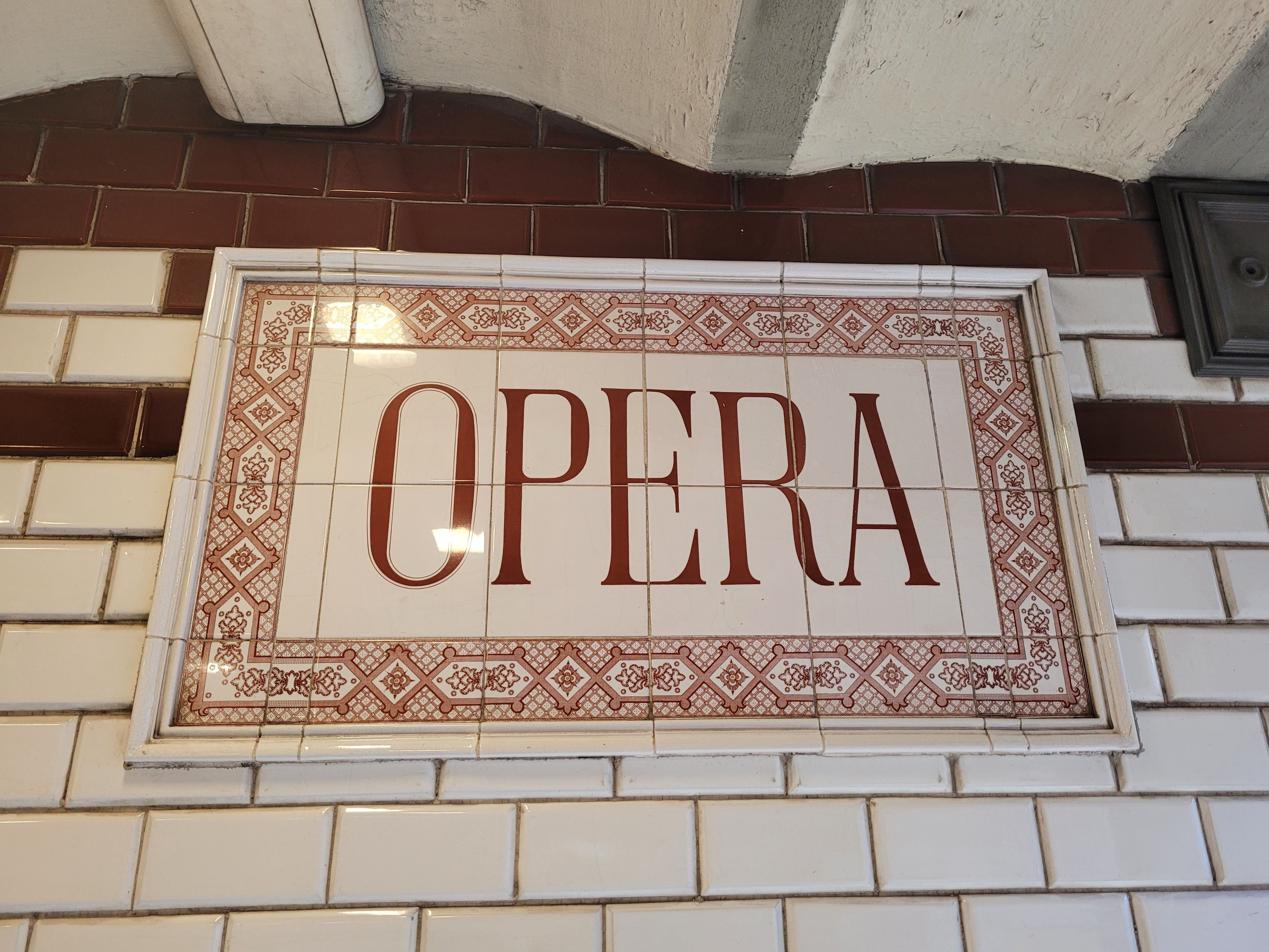
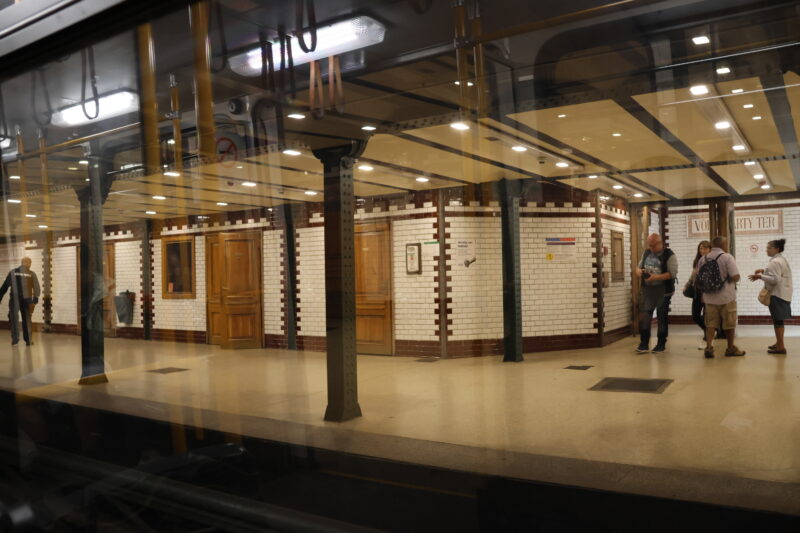

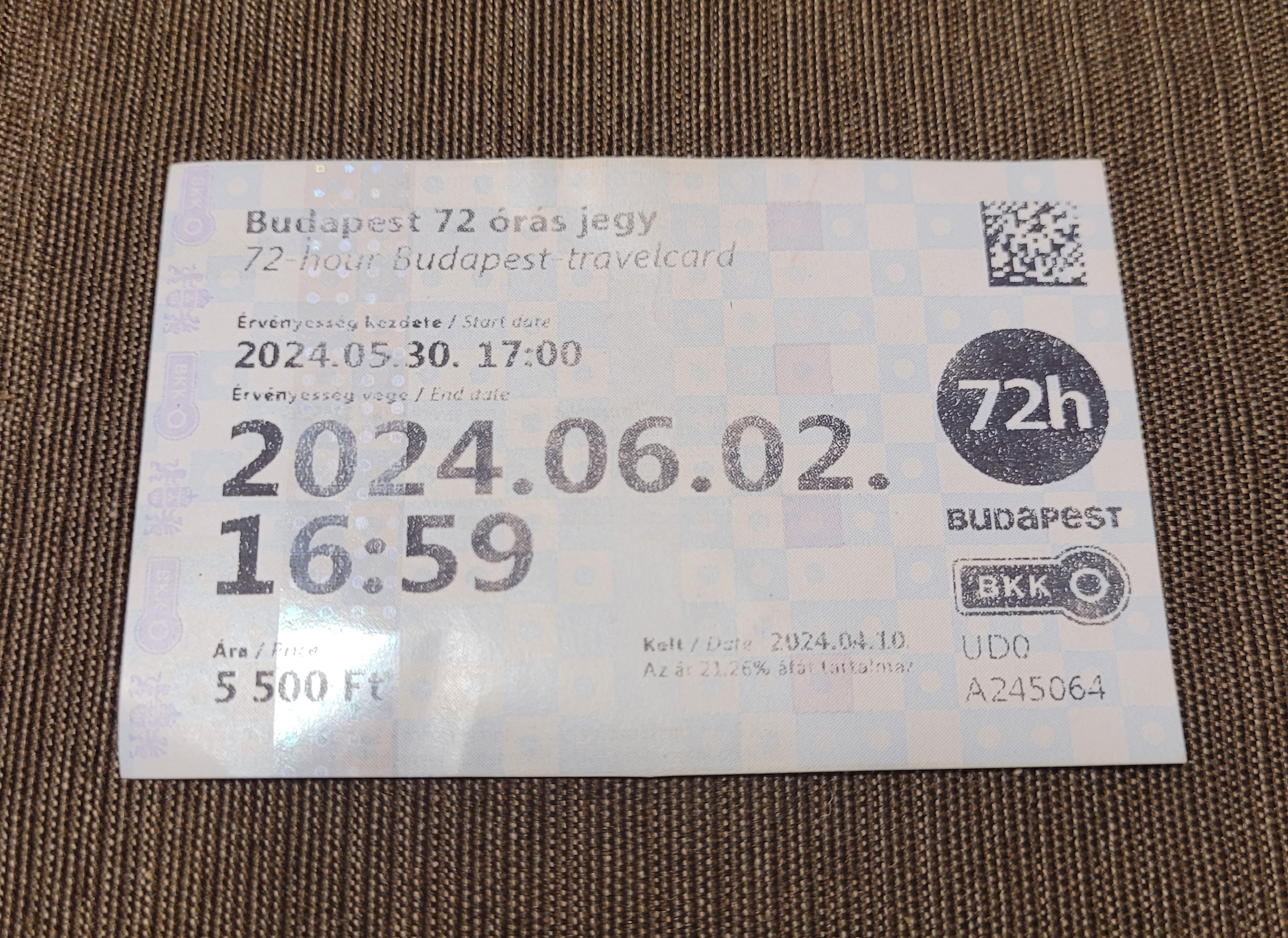
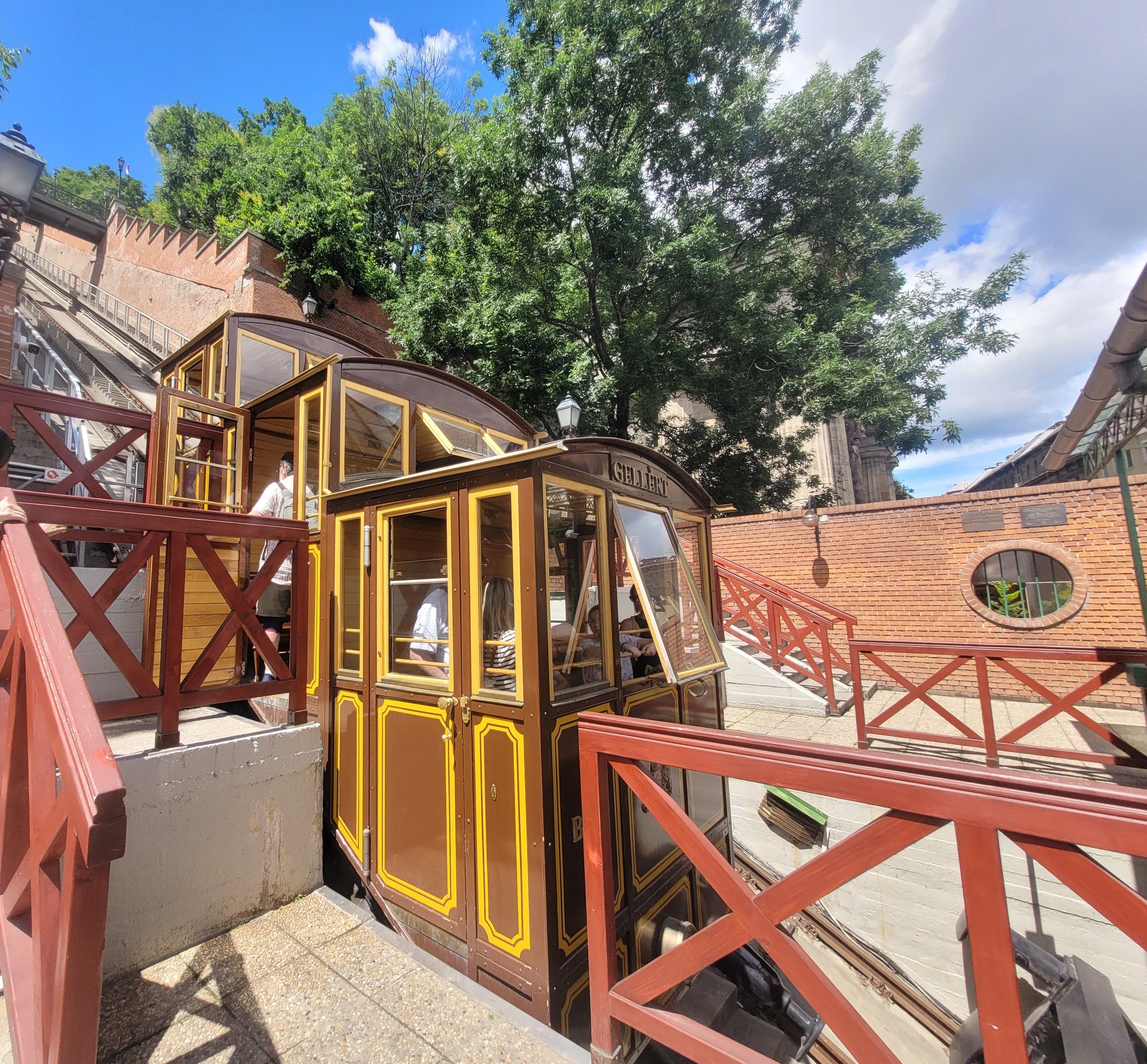
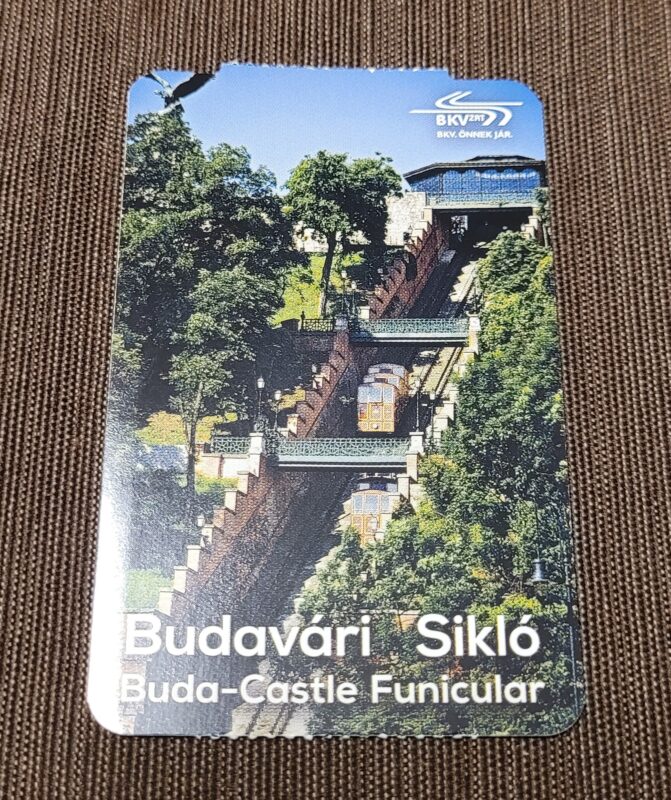
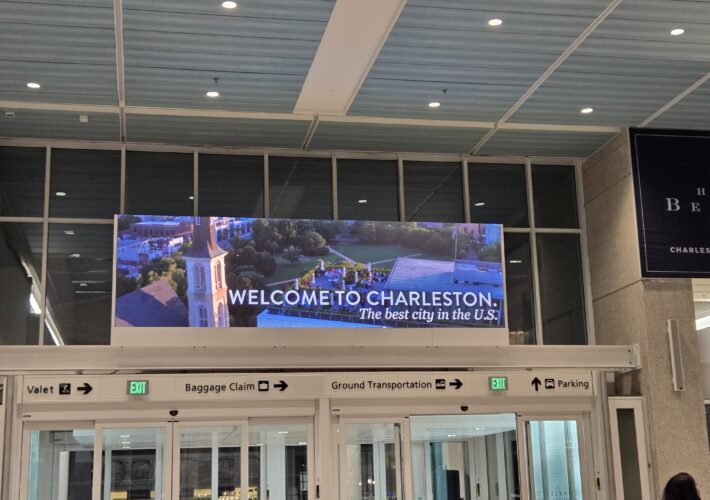
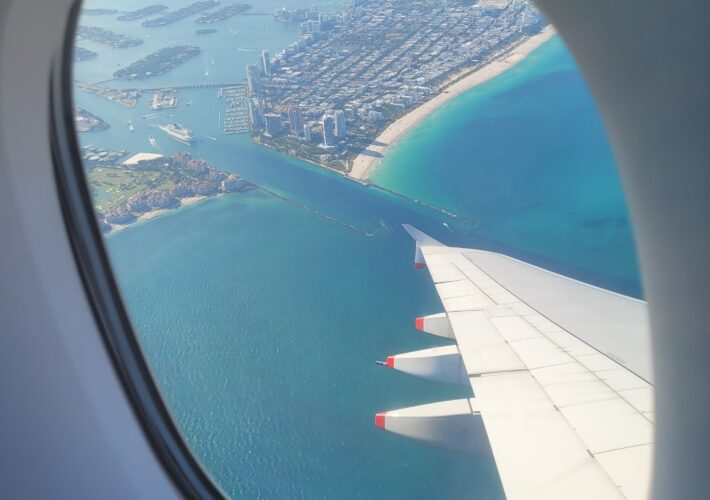
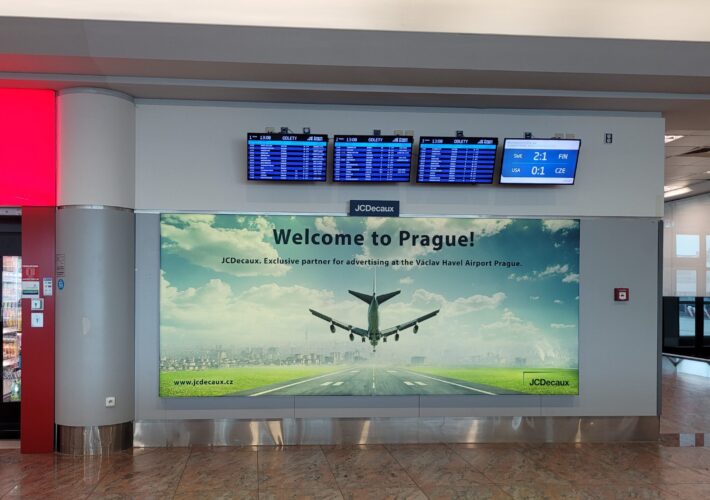


Leave a Comment